How to Calculate The Magnification of The Telecentric Industrial Lens?
In application fields such as industrial inspection, microscopy experiments, and machine vision, telecentric industrial lenses play an increasingly important role. This kind of lens has the characteristics of high resolution, high contrast, low distortion, etc., and can meet the needs of various precision measurement and observation.
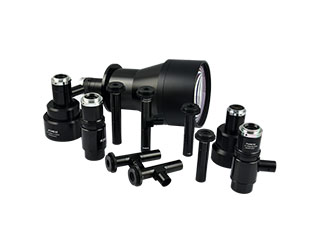
When using telecentric industrial lenses, calculation of magnification is a very important step.The magnification of a telecentric industrial lens refers to the ratio between the size of the object image on the image sensor and the actual size of the object.By calculating the magnification, we can determine the size of the object in the image, allowing for better measurement and observation.At the same time, the magnification of the telecentric industrial lens also determines the resolution and contrast of the lens and other performance indicators.
In different situations, we need to choose different magnifications to meet different needs.For example, in microscopy experiments, we need to use high-magnification lenses to observe tiny details.In machine vision applications, we may need a low-magnification lens to obtain a larger field of view to better identify objects.Therefore, calculating the magnification of telecentric industrial lenses can help us better select and use lenses.
The magnification of the telecentric industrial lens can be calculated by the following formula:
Optical magnification =camera`s CCD size / actual field of view size
This formula can be used to calculate magnification in the vertical (V) or horizontal (H) direction.For example, if the camera's CCD size is 2/3 inches (8.8mm long × 6.6mm) and the field of view is 64mm long × 48mm, then the vertical magnification is 8.8/64 = 6.6/48 = 0.1375.
In addition to calculating magnification, telecentric industrial lenses have other parameters that need attention, such as resolution, contrast, and distortion.These parameters will affect the performance and use of the lens. Therefore, when choosing a telecentric industrial lens, we need to consider various factors to choose the lens that best suits our application.
Product recommendation
TECHNICAL SOLUTION
MORE+You may also be interested in the following information
FREE CONSULTING SERVICE
Let’s help you to find the right solution for your project!
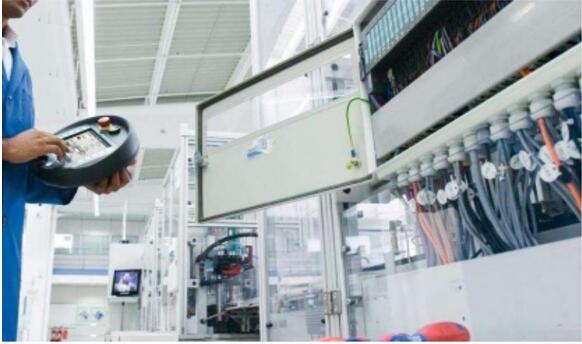

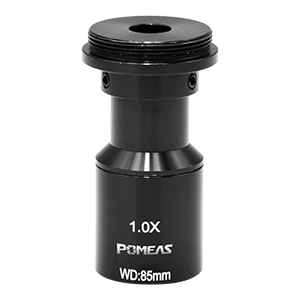
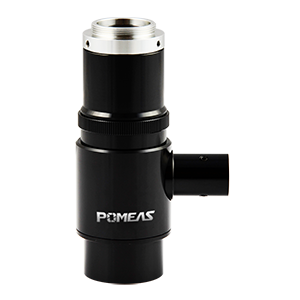
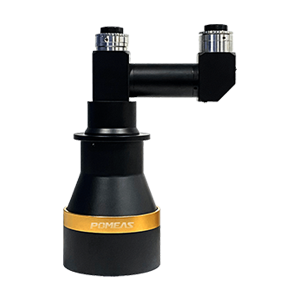
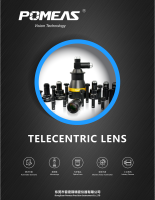
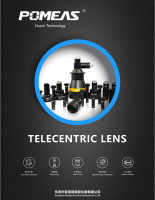
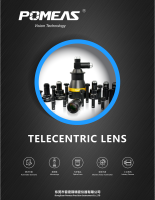
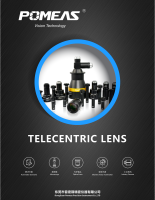
 ASK POMEAS
ASK POMEAS  PRICE INQUIRY
PRICE INQUIRY  REQUEST DEMO/TEST
REQUEST DEMO/TEST  FREE TRIAL UNIT
FREE TRIAL UNIT  ACCURATE SELECTION
ACCURATE SELECTION  ADDRESS
ADDRESS Tel:+ 86-0769-2266 0867
Tel:+ 86-0769-2266 0867 Fax:+ 86-0769-2266 0867
Fax:+ 86-0769-2266 0867 E-mail:marketing@pomeas.com
E-mail:marketing@pomeas.com
